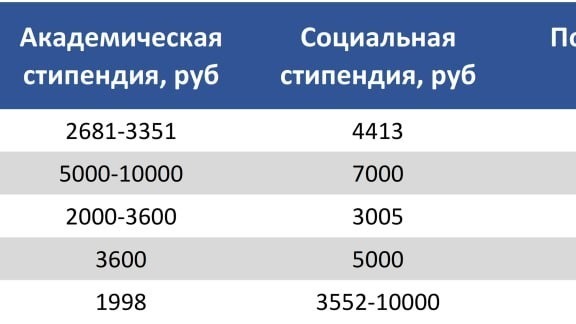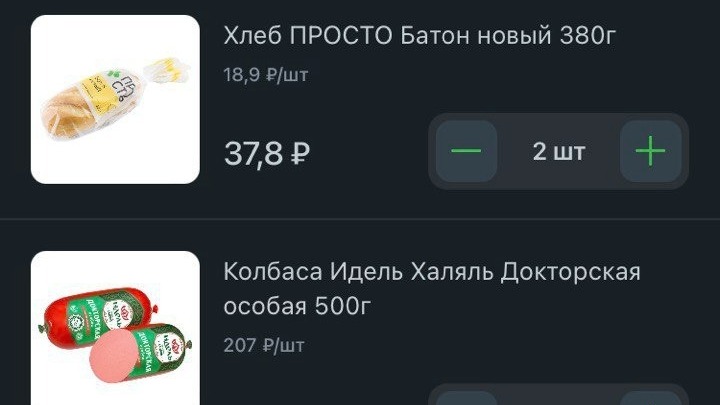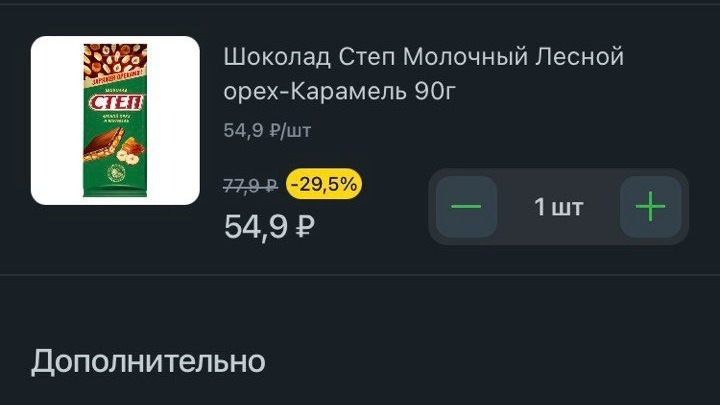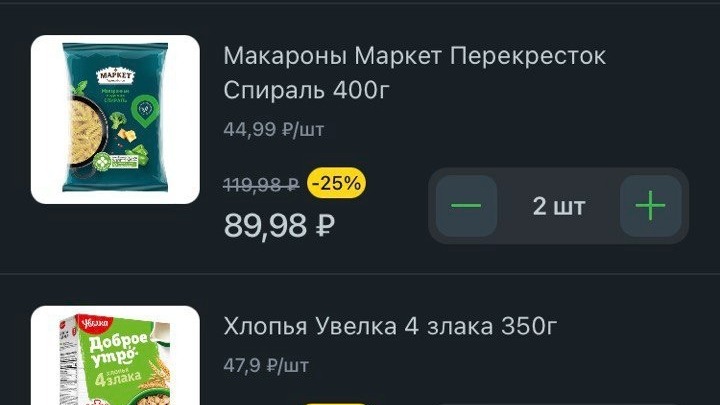Posted 4 сентября 2023, 07:36
Published 4 сентября 2023, 07:36
Modified 4 сентября 2023, 12:41
Updated 4 сентября 2023, 12:41

Survive on a scholarship. What can a Russian student afford
«NI» found out what the menu of a student living on one scholarship looks like
Maria Sokolova
Novye Izvestia conducted an experiment and found out what a modern student can buy in a store with his scholarship.
What will the scholarship be enough for
Of course, we had to limit ourselves to only the cheapest food. The «scholarship menu» includes:
— 1 pack of milk,
— 2 packs of sausages,
— 4 packs of dumplings
— 10 packs of instant noodles (the main student delicacies),
— 2 packs of pasta,
— 2 kg of potatoes and 2 kg of onions for festive dinners,
— 2 loaves of sliced,
— 500 g of doctor's sausage for sandwiches,
— 2 packs of cereal for breakfast (do not forget about healthy eating),
— 1 pack of black tea (tea leaves brewed twice, becomes twice as delicious),
— 3 packs of cookies and 1 chocolate bar for dessert.
These are all products for a month. We did not set up experiments and find out how long the average student can live on such a diet — it was too inhumane.
But we must not forget that the Ministry of Education and Science sets only the minimum amount of the scholarship. Universities have every right to award a bigger scholarship if they have the money for it. «NI» monitored scholarships in leading Russian universities (there should be the most generous scholarships there) and that's what happened to find out.
Firstly, universities have many different scholarships: traditional academic, social, advanced, nominal, from employers and so on. Secondly, the scholarships closest to at least the subsistence minimum are increased social ones. They can be obtained by 1st and 2nd year students under the age of 20 who are either left without parents, or have a single disabled parent. Thirdly, even scholarships from employers are not amazing. For example, a scholarship from VK for MSU students is 15 thousand rubles.
The bottom line is a fact: even in the leading universities of the country, the basic scholarship does not allow you to live on it for a whole month.


Why do we need scholarships for students at all?
The idea of scholarships available to everyone was laid back in the USSR. The scholarships were supposed to allow you to immerse yourself in the learning process with your head and not be distracted by work. The main thing is to study well without triples. On average, the student scholarship was 35-50 rubles, and by the end of the 80s it reached 60-65 rubles. It won't work out, but it was possible to live on such money.
A modern Russian scholarship, as we have already found out, will not be enough for anything — you will still have to work. According to the HSE, at least half of the students combine study and work in one form or another. Therefore, the authorities regularly consider bills proposing to raise the minimum stipend to at least the subsistence minimum. For the able-bodied population in 2023, it is 18,832 rubles. The last such proposal, prepared by Deputy Yaroslav Nilov, was considered by the government in January 2023. But such initiatives have one important drawback — they do not answer the question of where to get money for increased scholarships. According to the ex-Deputy Minister of Health and Social Development of the Russian Federation, Professor of the Financial University under the Government of the Russian Federation Alexander Safonov, the increase in scholarships will require the allocation of an additional 700 billion rubles a year.
World experience in the payment of scholarships
Everyone has heard that applicants to European and American universities can count on countless scholarships and grants. That's where the paradise for students is! But this impression is deceptive. It all comes down to the fact that higher education in many countries is paid and very expensive. Even if you find and receive a scholarship in the USA for tens of thousands of dollars a year, it will most likely cover only part of the tuition fee. On average, scholarships in America cover 25-50% of the total amount. That is, it's just a discount on education. There are scholarships that cover 100% of the tuition fee, but this is rare — you need to have very outstanding talents to get them. In addition, the competition for scholarships and grants is very high.
One of the few ways to get tuition and some money for your own expenses is to get an assistant position. You can become an assistant either for scientific work or for educational work. That is, you just need to work with the only difference from students in Russia that this work will be in the specialty.
In Europe, many universities also do not interfere with the work of students. On the contrary, they strive for it. In Austria, for example, there are universities of applied sciences, 50% of education in which is funded by industrial enterprises. And even as students, people get jobs by combining training and practice in their specialty.
In Germany, too, scholarships are very peculiar. For example, the BAföG state scholarship is only an interest-free loan to pay for education. The money received will have to be returned within 20 years. Especially talented students who have distinguished themselves in scientific activities can receive a state scholarship of 300 euros per month. Studying without triples is not enough for this. For example, at the University of Bonn (considered one of the best in Germany) in 2018, only 141 people received such a scholarship.
Russia is stuck with the distribution of scholarships is not at a crossroads. On the one hand, the Ministry of Education and Science cannot abandon the Soviet practice of paying scholarships to everyone who did not fail the session, regardless of their needs. On the other hand, there is clearly not enough money for everyone. Funds are being eroded, and because of this, really needy or very talented students do not feel noticeable support. And the idea of isolating the educational process from work in the modern dynamic world has completely outlived itself. Everyone who was not born with a silver spoon in his mouth is forced to work. It only turns out that students acquire knowledge and experience in different fields. As a result, only a little more than 20% of university graduates go to work in their specialty. Why then spend money at all on paying scholarships to everyone in a row, if they eventually turn into symbolic amounts when recalculated for everyone, and students acquire professional experience in a different profile?




